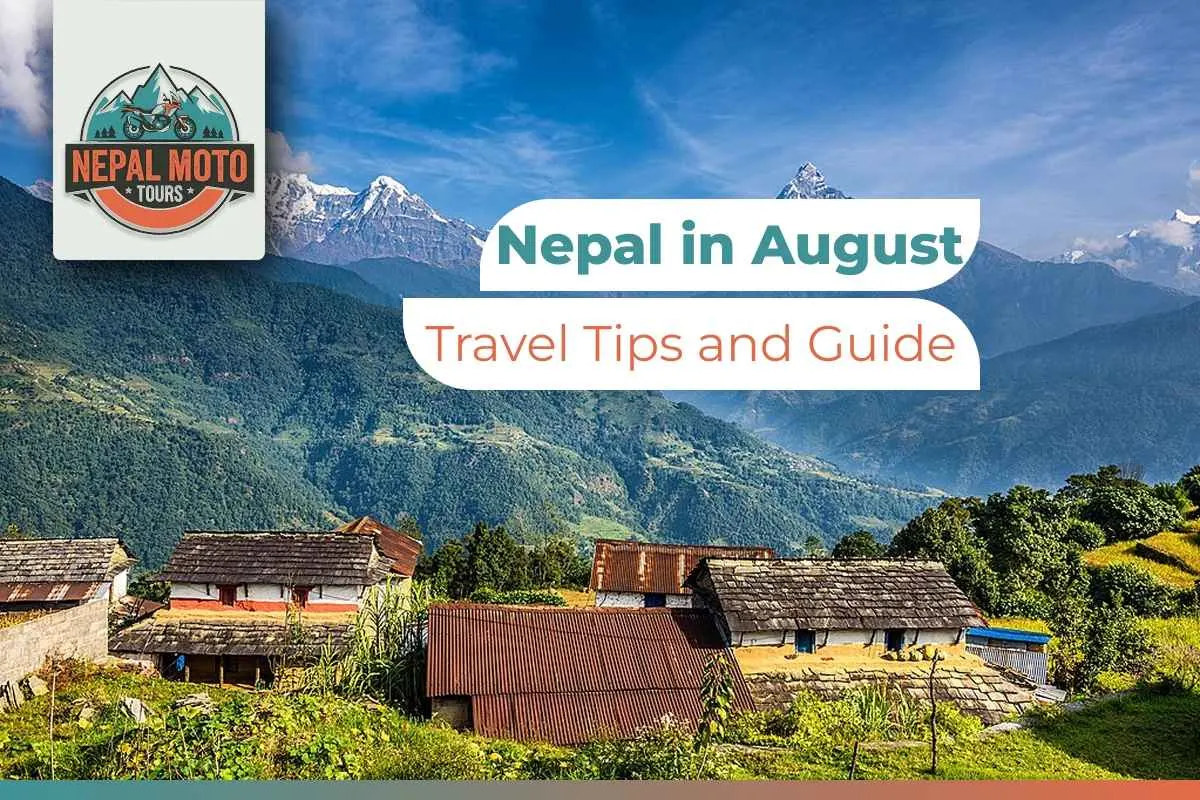Nepal is a winter destination that offers breathtaking mountain panoramas, vibrant festivals, and peaceful trekking in the month of January. January is ideal for lower-altitude treks and stunning views of the Himalayas because of its clear, fresh skies.
Even though it's a beautiful sight with clear skies, difficulties such as frigid temperatures and snow-covered passes, as well as shorter daylight require careful preparation.
In this article, you’ll learn essential tips for traveling to Nepal in January, from packing and permits to trekking routes and top destinations.
Let’s get started !👇
Weather in Nepal in January
The month of January is the coolest in the country with an average temperature of between 2°C – 17°C. Speaking of the January climate in Nepal it is partly cloudy and sunny throughout the daytime while at night temperatures can reach zero.
Here’s a detailed breakdown of weather conditions in January:
- Average Temperature (2°C to 15°C / 35°F to 59°F): Due to differences in altitude temperature differs in January. Low altitudes and valleys have just above freezing conditions with a maximum of 15°C (59°F) in the daytime but night and early morning are nearly 2°C (35°F). At these latitudes, the temperatures can go below zero.
- Snowfall in High-Altitude Regions: Snow is part of the climate in areas such as Everest Base Camp, Annapurna, and any area above 3,000 meters. They turn into magical winter destinations where tourist enthusiasts in trekking and climbing go to look for snow-covered trails and great sights.
- Weather in Valleys (e.g. Kathmandu, Pokhara): The valleys experience cool mornings and evenings, with temperatures comfortable during the day. Pokhara may feel slightly warmer compared to Kathmandu due to its lower elevation.
- Rain/Snow Precipitation (Dry Season): January which is the time of travel to Nepal is during the winter season with less chance of rain showers. Although it doesn’t snow much, there could infrequently be light snow at higher altitudes, especially after some cold fronts.
Why Visit Nepal in January?
January in Nepal is a combination of beautiful places, cultural delights, and the average winter activity.
Here’s why it’s an ideal time to visit:
- Fewer Crowds: January is a low tourism season; this means that during this month, one gets an opportunity to trek on the most popular tourism circuits and visit cultural attractions without facing the usual traffic jams incurred by large groups of tourists. This means having more distinct experiences and unhampered looks at things.
- Clear Skies: Most of the time the winters are quite dry and this is the best time to have clear and sunny views of the great alpine Himalayan peaks. This is especially ideal for tourists and especially for those who like photography and mountain climbing.
- Cultural Events: January is blessed by Maghe Sankranti, a mid-January festival that depicts the harvest season of the Nepalese calendar. During this festive season, Nepal's cuisine includes sesame seeds, molasses, and yams.
- Winter Sports: Winter tourism involves snow trekking and mountaineering in Himalayan areas including the Annapurna and the Base Camp trekking in January. These activities suit those people interested in having a closer look at the Himalayan winter expedition.
Top Activities to Do in Nepal
January in Nepal promises a lot of activities including trekking and walking through the snowcapped mountain, sightseeing tours, and visits to the cultural sites, as well as adventure sporting activities.
Here’s a detailed list of top activities to do in Nepal:
1. Trekking
- Everest Base Camp Trek: An exciting winter trail for which you need to have some winter clothing and equipment for snow while offering magnificent sights of the Himalayas.
- Annapurna Circuit: The higher loops can still be problematic due to deep snowpacks, while lower areas remain very scenic and not crowded.
- Lower-Altitude Treks: For easier trekking try trails such as Ghorepani Poon Hill or Langtang Valley, these are easier but quite beautiful.
2. Cultural Tours
- Kathmandu Valley: Explore the UNESCO World Heritage Sites of Pashupatinath Temple, Boudhanath Stupa, and Patan Durbar Square-Deque to learn about Nepalese history.
- Pokhara: Visit the beautiful Phewa Lake, look at the waterfall in Davis Falls, and enjoy a picturesque view of World Peace Pagoda.
3. Wildlife Safari
- Chitwan National Park: Experience incredible wildlife exposure on the jungle safari in Nepal’s first national park and a world heritage site. This is where you can see one-horned rhinoceroses, Royal Bengal tigers, Asian elephants, colourful and varied bird life, and other forms of animals and birds. The park facilities include; jeep safaris, canoe trips, and nature walks which make the park ideal for those interested in the natural world.
4. Adventure Sports
- Paragliding in Pokhara: Enjoy being high up in the skies and gliding like the birds with the Himalayas and Phewa Lake in Pokhara Valley beneath you. The adventure is unique and thrilling and guarantees the visitor some of the best moments they might be looking for in a lifetime out there on the river.
- Bungee Jumping near Bhote Koshi: Challenge your adrenaline by visiting one of the world’s highest locations to bungee jump right next to the Bhote Koshi River. Standing at 160 meters, this one reminds of bungee jumping combining the stunning views of green gorges and the river with the nerves jangling feeling.
- Zip-lining in Dhulikhel: Be part of the adrenaline rush while gliding through one of the longest and fastest ziplines in Nepal. Sited in the Dhulikhel region, this one is the ultimate fun draw as it passes through the hills and forests, and on the top of it offers you a glimpse of mountain ranges.
5. Pilgrimage Tours
- Lumbini: Tour the Lumbini, this is considered to be the birthplace of Lord Buddha and this place has much power and wonderful experience for every Buddhist around the world. Some interesting places are the Maya Devi Temple, monasteries of many countries, and the Ashokan Pillar making insight and spiritually soothing Charm.
- Muktinath Temple: Located at a height of nearly 3,710 meters above sea level, Muktinath is popular with both Hindus and Buddhists. Being home to sacred natural springs and the eternal flame, the site provides an opportunity to get the deepest spiritual impression for initiated persons; however, January may be a little chilly for travels and some trails could be covered with snow.
Things To Know Before Visiting Nepal in January
January has its charms to explore in Nepal but one should prepare differently as it is wintertime in Nepal.
Here’s what you need to know before you go:
1. Weather
While it is winter in Nepal in January the temperatures range as per the geographic altitude of the country. Daytime is comparatively cool in the terai region of Chitwan and Lumbini whereas mornings and evenings may be cold.
At lower areas of the valleys like the Kathmandu Valley and Pokhara, it can drop to between 2°C to 15°C (35°F to 59°F). The mountainous area comprises areas of high altitude characterised by extremely low temperatures and periods of snow.
2. Trekking Conditions
Winter trekking can be slightly more demanding as compared to winter resorts, see chains of trekking tourists but the views of the Himalayas are clear. Some of the high-altitude treks such as the EBC have snowy tracks and thus may need to be travelled in the right winter outfit and the client is advised to have trekked before.
Even in the popular treks, some passes; like Thorong La of the Annapurna Circuit could be closed because of the winter. Ghorepani Poon Hill or Langtang Valley trekking are comparatively easy and there is no compromise in the beauty of nature. It is advisable to consult weather conditions and conditions on trails before one decides to go for a trek.
3. Currency and Payments
The Nepalese Rupee is the official monetary unit and cash most of the time is required especially if traveling to the more rural regions of Nepal. ATMs are found mostly in the cities and especially in tourist areas such as in Kathmandu and Pokhara but they’re not very efficient in the countryside.
Change foreign currency only at authorized money exchange centres or at a bank and prefer to pay in small amounts in local currency. In major hotels and restaurants credit cards are accepted whilst the carnets de charge are not accepted anywhere else much.
4. Permits and Entry Requirements
Trekkings in Nepal also require special permits like the TIMS (Trekkers’ Information Management System) card, and the permits for the restricted areas and conservation areas leading to Sagarmatha National Park Permit and the Annapurna Conservation Area Permit.
Make sure you have a genuine tourist visa which can be procured online or on arrival at the Tribhuvan International Airport.
5. Altitude Awareness
Travelling up the hills poses a high possibility of contracting Acute Mountain Sickness when the altitude rises to 3,000 meters and above. Consequently, the usual signs and symptoms are headache, nausea, dizziness and so on.
Wait should be given before starting the altitudes and should take enough rest when going up, drink a lot of water and avoid taking alcohol. If the symptoms begin to get worse, be sure to come down and consult a doctor. Pack prescribed medicines and talk with your doctor before you travel to be ready for high altitude differences.
Festivals in Nepal in January
The Nepalese month of January is particularly rich in celebrations and traditions connected with religion and harvest.
Here are 3 major festivals observed during this month:
- Maghe Sankranti: Maghe Sankranti is one of the Nepalese festivals held in January to welcome the Magh the Nepalese month. It is very popular and denotes the end of the cold season and symbolizes favorable weather, happiness, wealth and good health. On this day people prepare native foods such as sesame seed buns, ghee, molasses, sweet potatoes and yams.
- Ghyalpo Loshar (Tibetan New Year): Lhosar is celebrated by the local Sherpa, Tamang, and Yolmo people at the beginning of the Tibetan Lunar Year and is known as Ghyalpo Lhosar. The houses are fixed up, butter lamps are burnt, and offerings are placed in the monasteries.
- Pokhara Street Festival: This colourful festival is highly touristic and falls during the New Year. Pohka’s Lakeside area enjoys joyful parades, cultural dance displays, and a delicious variety of traditional Nepalese and other world diets. The festival is very active and involves the people of the city as well as tourists in the celebration of the city’s culture.
What are the Packing Tips to Visit Nepal in January?
In general, January is cold in Nepal but the temperature differs from place to place so packing wisely has to be done.
Some of the packing tips to visit Nepal in January are:
- Clothing: Layering is important for Nepal during winter. Pack thermal inner layers such as thermal shirts, thermal bottoms, a down jacket, and warm wear such as gloves, hats and scarves. For trekking or outdoor activities one should wear waterproof and windproof outer clothing to protect against snow and wind in the mountain regions.
- Footwear: Insulated water-proof shoes are indispensable to protect your feet from wet and cold. Spike them up with thick woollen socks for insulation and pack gaiters in case the boots and trekkers are trekked through snow and debris.
- Essentials: Caps and other protectant for the head are necessary since UV radiation is escalated on high elevations. Leaving for the cold, dry weather? Don’t forget your chapstick and mild lotion to help keep your lips and skin from becoming dry. The best model of a water bottle is one that has thermal insulation so that the water does not freeze during treks.
Travel Tips to Visit Nepal in January
Traveling to Nepal in January is fun, but preparations must be made in order to have a hitch-free vacation.
Here are some practical tips:
- Acclimatization: Give enough time before engaging in high-altitude activities to avoid altitude sickness. Take frequent steps up, have breaks, and always drink water.
- Permits: Ensure you have the required trekking permits (TIMS, area-specific) and conservation fees for regions like Annapurna or Sagarmatha.
- Transportation: It is normal that flights to places within the country such as Lukla or Jomsom can be significantly delayed because of the weather. Public transport is a bit bumpy; perhaps, hiring private cars or using tourist contractual buses would be easier.
- Accommodation: Some local teahouses may shut down during the winter so one should try booking ahead of time. Expect that inexpensive lodges may not have heating and so pack well for sleep weather besides being in cold areas.
Ideal Destinations to Visit in Nepal in January
January’s cold weather is perfect for visiting destinations at lower altitudes or moderate trekking regions, where the chill is less intense, and you can enjoy clear skies and beautiful scenery.
1. Lower Altitudes
- Chitwan National Park: Visitors can tour these sites, which are UNESCO World Heritage sites when in January. This is also the best time to visit the park since the vegetation is comparatively thin and therefore it is easy to sight animals such as the rhinoceros, tigers, elephants and many other different types of birds.
- Bandipur: It is a charming hilltop village that has pretty mountain views, has a lot more history attached to it and is generally less hectic. It is favorable for architecture lovers to visit in January to enjoy splendid experiences of stone carving beauty, meet with the locals and taste Nepali food.
3. Cultural and Scenic Spots
- Kathmandu Valley: With its rich history and cultural landmarks, Kathmandu offers several attractions like Pashupatinath Temple, Boudhanath Stupa, and Patan Durbar Square. The valley’s mild weather in January makes it a great time to explore.
- Pokhara: Famous for its lakes, mountains, and adventure activities, Pokhara offers mild weather in January. Enjoy activities like boating on Phewa Lake, visiting Davis Falls, and exploring the World Peace Pagoda.
3. Moderate Treks
- Poon Hill Trek: A relatively easy trek that offers stunning views of the Annapurna and Dhaulagiri ranges. The trek is suitable for January, as it’s at a lower altitude, and the weather remains clear.
- Dhampus Trek: A short and easy trek offering breathtaking mountain views and a chance to experience local Gurung culture. This trek is ideal for a moderate winter trek in January.
Challenges in January
The beauty of Nepal in January, combined with fewer tourists and more daylight, comes with its own challenges.
Here are some of the challenges in January:
- Harsh Cold in Higher Regions: Extreme temperatures are often a challenge for trekking and outdoor activities in high-altitude regions like Everest Base Camp and Annapurna, where temperatures can drop significantly below freezing.
- Limited Accessibility to High-Altitude Passes: Heavy snow and ice buildup can shut down mountain passes like Thorong La on the Annapurna Circuit. This might make some paths impossible to use so hikers need to find other routes.
- Shorter Daylight Hours: Fewer days in January mean less daylight for trekking or sightseeing. Make the most of your daily schedule to make the best of the limited daylight, especially in rural areas.
Wrapping Up!
The month of January in Nepal is a land of surprising contrasts, furnished with tranquil hiking paths, stunning mountain panoramas and lively cultural activities.
Despite the challenges of cold temperatures, snow-covered passes, and shorter days, they add to the thrill of exploring this Himalayan paradise, especially through motorcycle tours in Nepal.
With the right planning, packing, and preparation, you can conquer these challenges and enjoy Nepal's winter delight. From trekking to observing cultural festivals and experiencing wildlife, Nepal in January is the ultimate destination for adventure seekers seeking natural beauty.


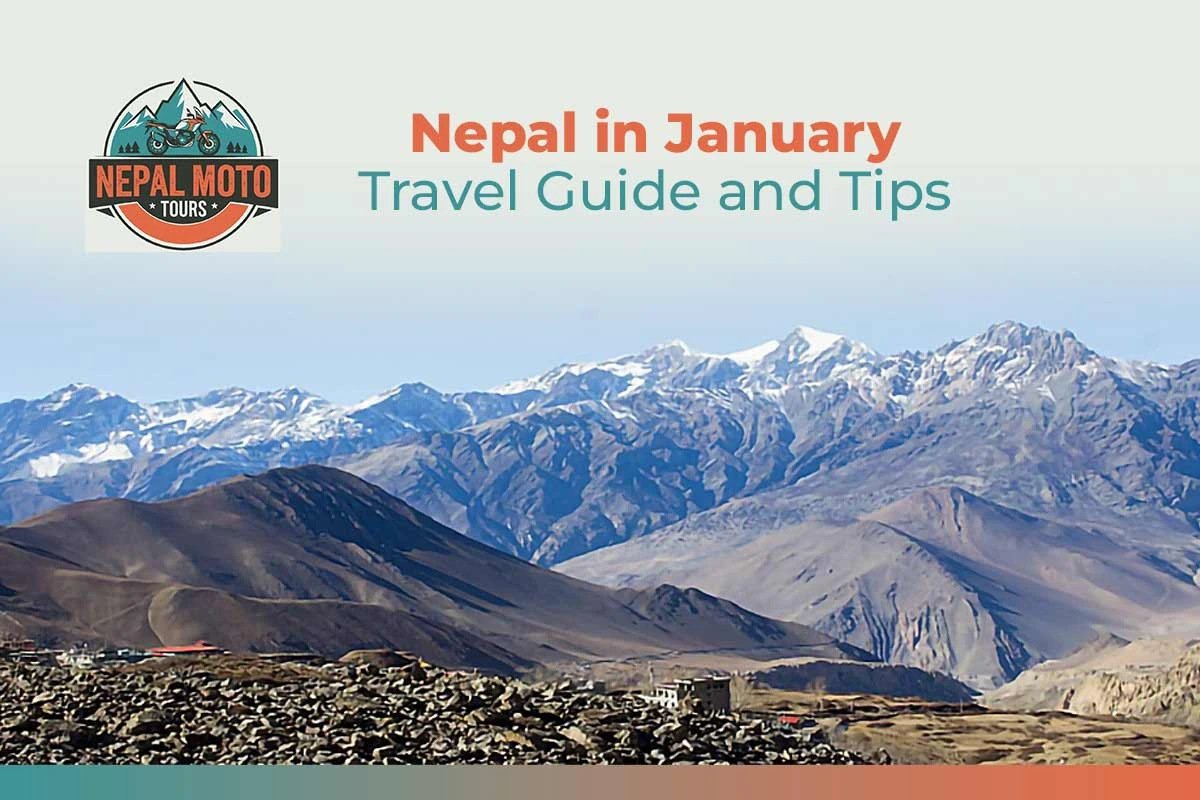
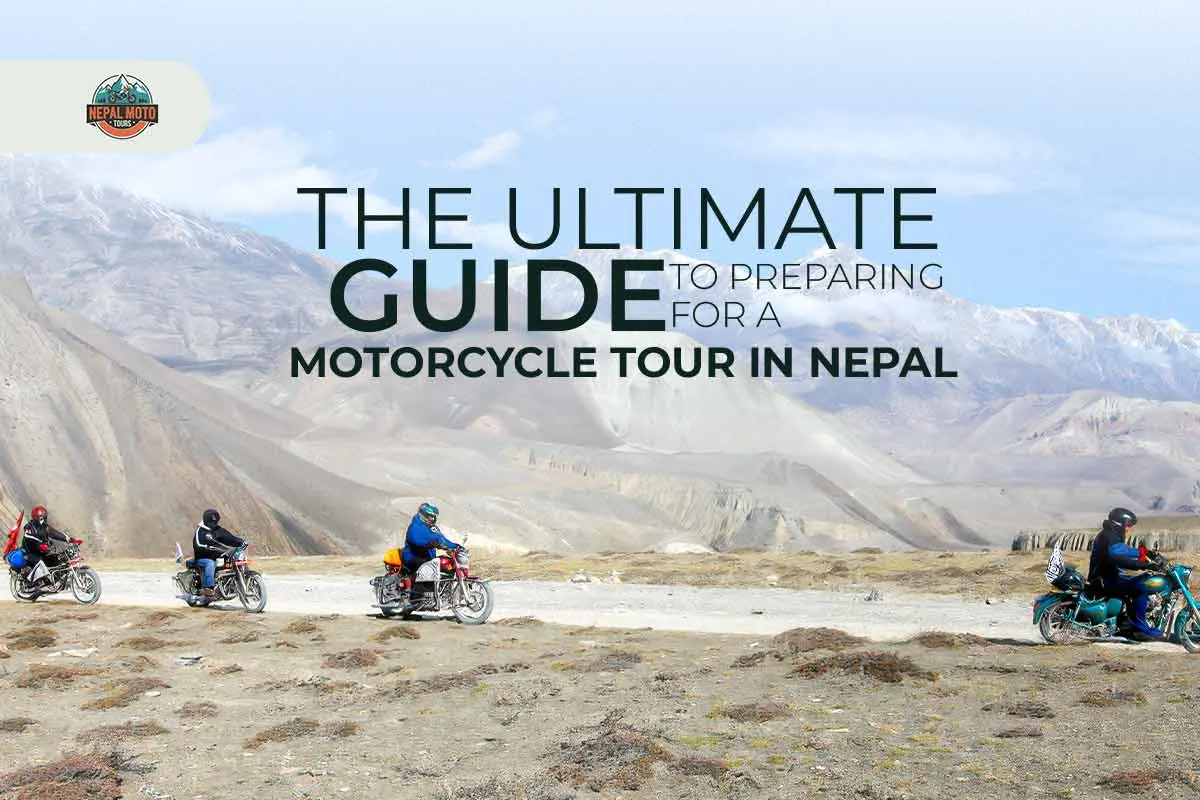
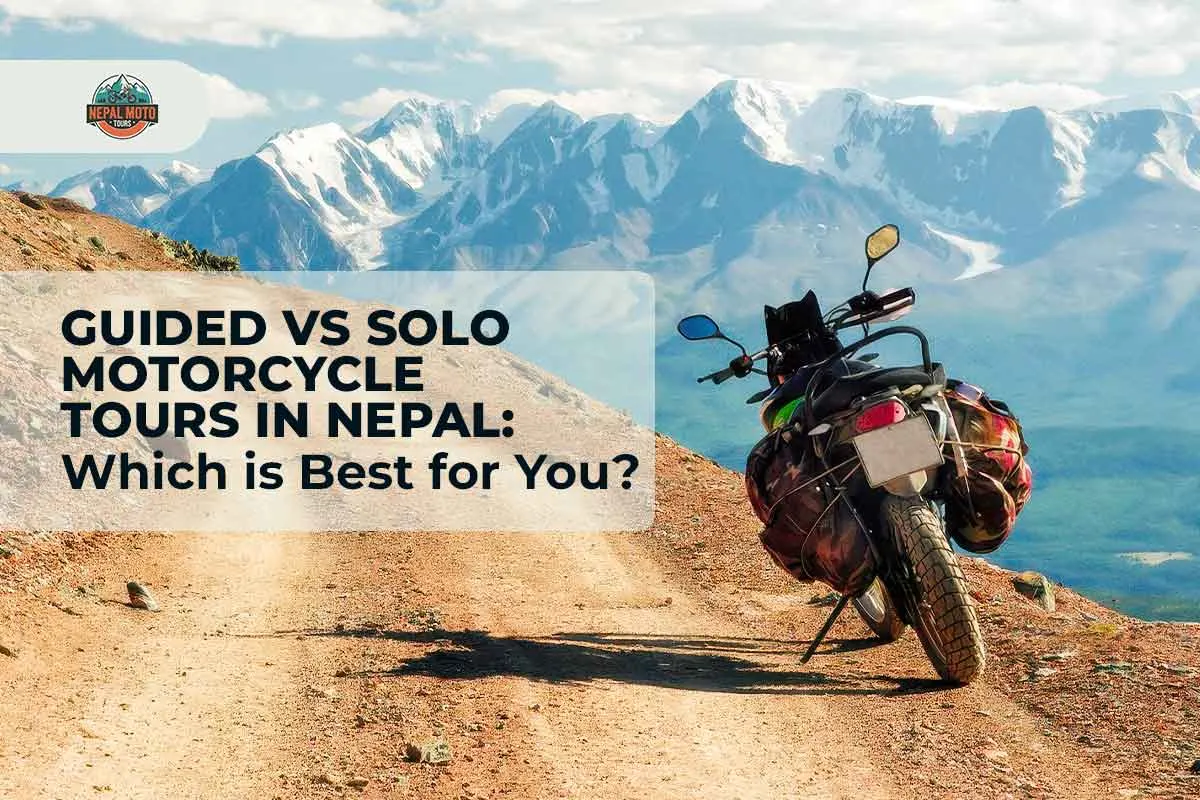
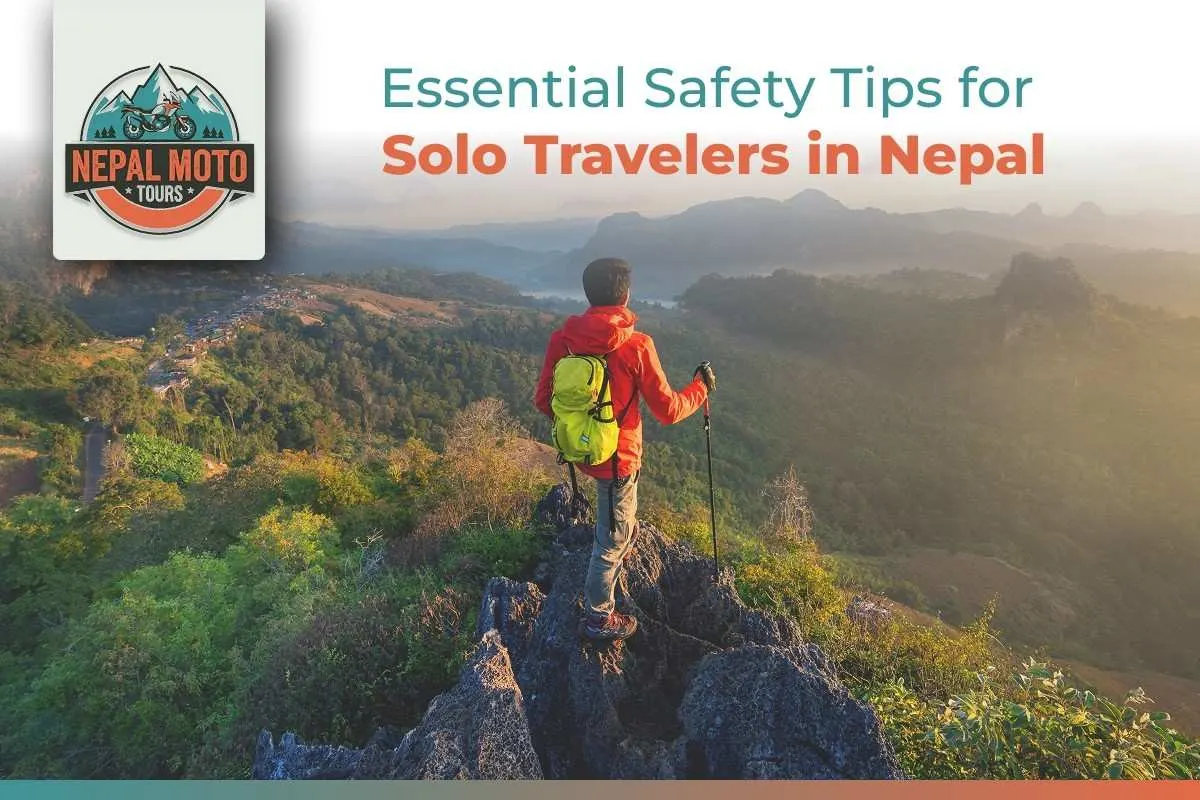
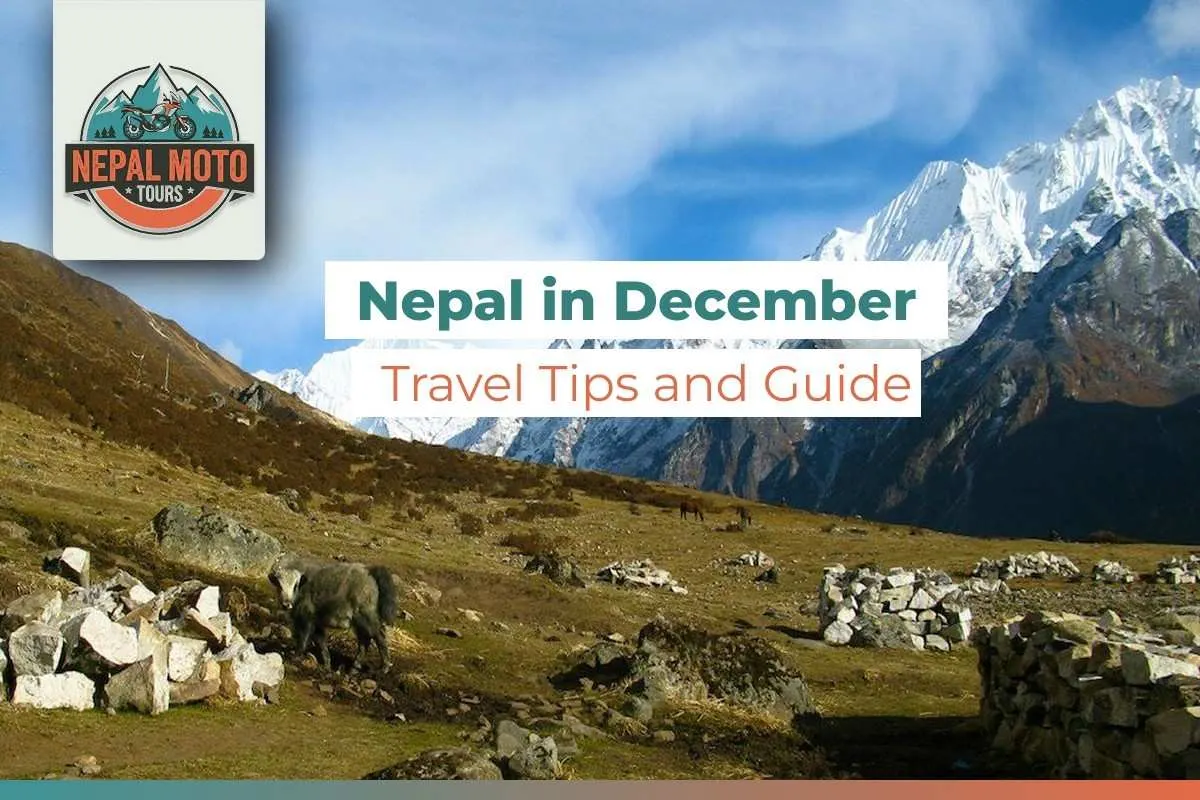
 Best places to visit in Nepal.jpg)
